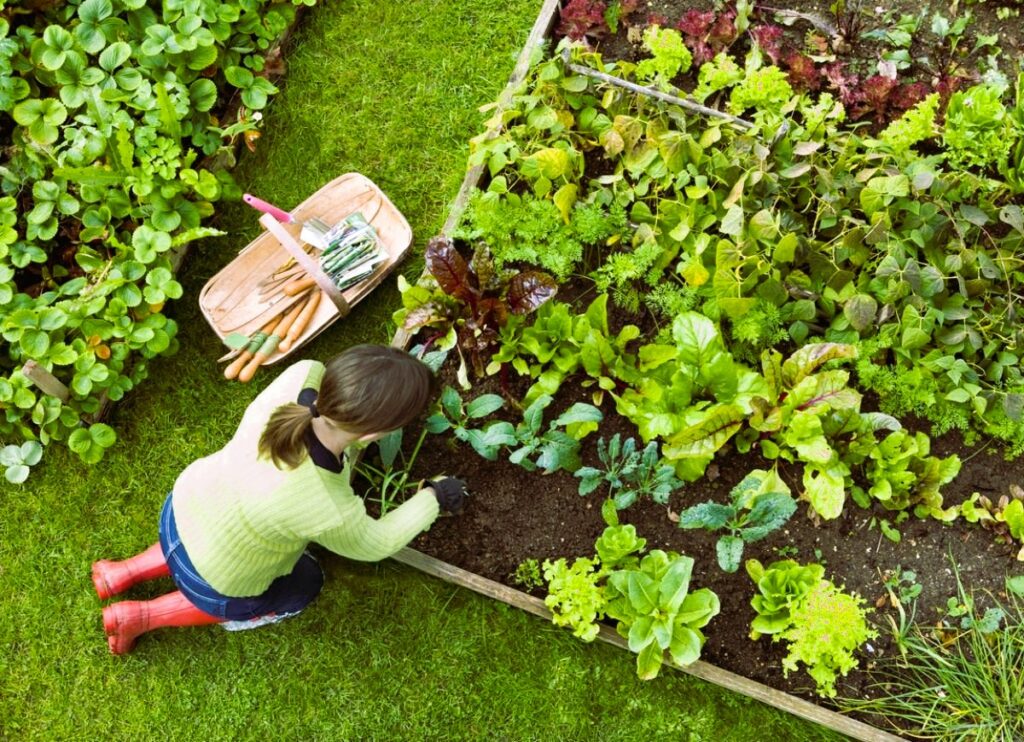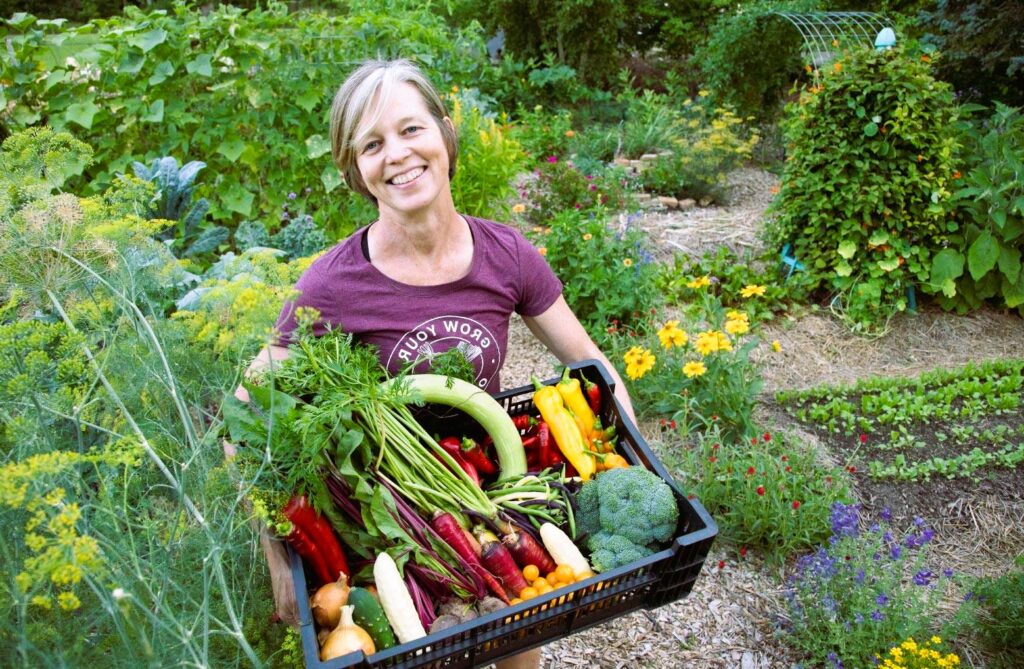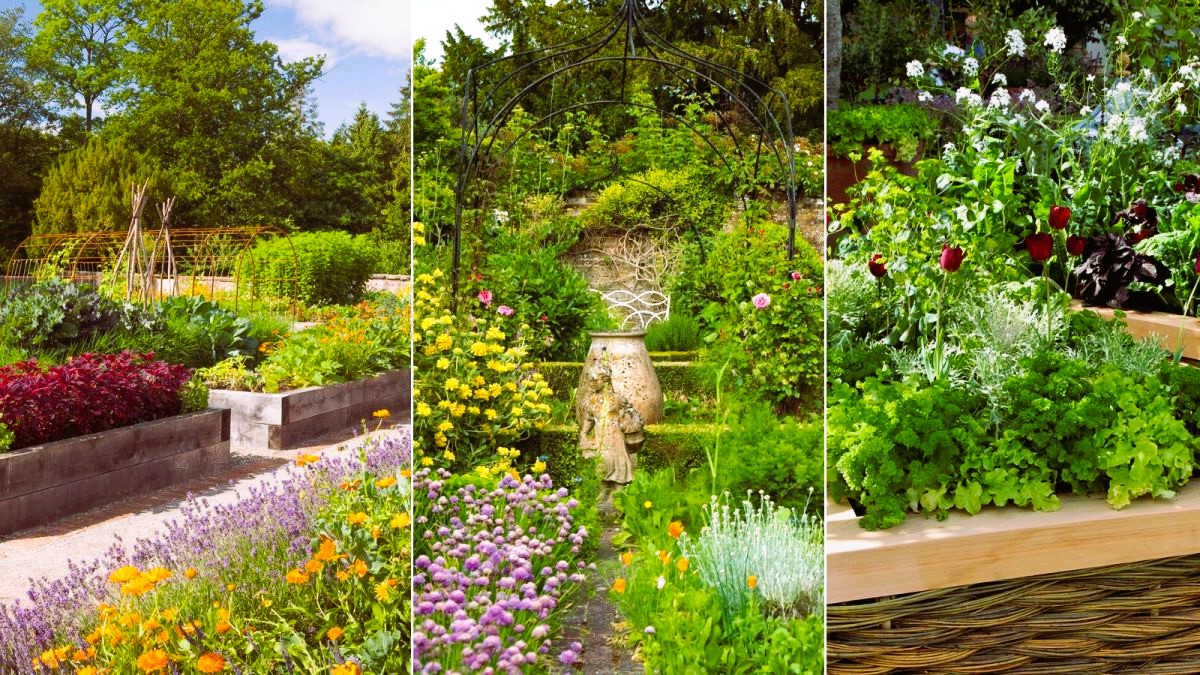Gardening is a rewarding and fulfilling hobby that allows you to connect with nature, cultivate beautiful plants, and create a serene oasis in your own backyard. Whether you’re a seasoned gardener or just starting out, there are some key rules and tips that can help you achieve gardening success. By following these secrets of successful gardening, you’ll be well on your way to creating a thriving and picturesque garden.
1. Know Your Growing Zone
Understanding your garden’s growing zone is essential for selecting the right plants and ensuring their optimal growth. Different plants have different temperature and climate requirements. By knowing your growing zone, you can choose plants that are well-suited to your specific region. The Government of Canada’s official website provides information on the country’s plant hardiness zones, which can be a valuable resource for Canadian gardeners.
2. Start with Healthy Soil
Healthy soil is the foundation for a successful garden. Before planting, assess the quality of your soil and make necessary amendments. Test the pH level and add organic matter, such as compost or well-rotted manure, to improve soil structure and fertility. Good soil provides the essential nutrients and drainage that plants need to thrive. Garden ideas for transforming the exterior, more details at the link.

3. Plan and Design Your Garden
A well-planned garden sets the stage for success. Consider the layout, sunlight exposure, and drainage patterns of your garden area. Sketch out a design or create a garden plan to ensure a cohesive and visually appealing arrangement. Take into account the mature size of plants and allow for proper spacing to prevent overcrowding.
4. Select the Right Plants
Choosing the right plants for your garden is crucial. Consider factors such as sunlight requirements, water needs, and growth habits. Select plants that are well-suited to your growing zone and that complement each other in terms of color, height, and texture. Local garden centers and nurseries can provide valuable advice on suitable plant choices for your specific area.
For additional information on plant species and gardening practices, consult resources like Wikipedia’s gardening articles.
5. Provide Adequate Watering
Proper watering is essential for the health and vitality of your plants. Water deeply and less frequently, rather than shallowly and frequently, to encourage plants to develop deep root systems. Consider using mulch to retain soil moisture and reduce weed growth. Be mindful of water restrictions or conservation practices in your area and adjust your watering schedule accordingly.
6. Implement Regular Maintenance
Regular maintenance is key to keeping your garden thriving. This includes tasks such as weeding, pruning, and deadheading spent flowers. Remove weeds promptly to prevent competition for resources and ensure optimal plant growth. Prune plants at the appropriate time to maintain their shape and promote healthy growth. Deadheading, or removing faded flowers, encourages new blooms and prolongs the flowering season.
7. Monitor and Control Pests and Diseases

Keep a close eye on your plants for any signs of pests or diseases. Early detection is crucial for effective control. Identify common garden pests and diseases in your area and learn about organic or integrated pest management techniques to minimize their impact. The Government of Canada’s website and local agricultural extension offices can provide valuable information on pest control measures specific to your region.
8. Continue Learning and Experimenting
Gardening is a continuous learning journey. Stay curious and open to new ideas and techniques. Attend gardening workshops or join local gardening clubs to expand your knowledge and exchange experiences with fellow enthusiasts. Experiment with different plant varieties, growing methods, or garden designs to discover what works best for you and your unique gardening space.
By following these secrets of successful gardening, you can create a thriving and beautiful garden that brings you joy and fulfillment. Remember to enjoy the process, be patient with your plants, and embrace the ever-evolving nature of gardening.

